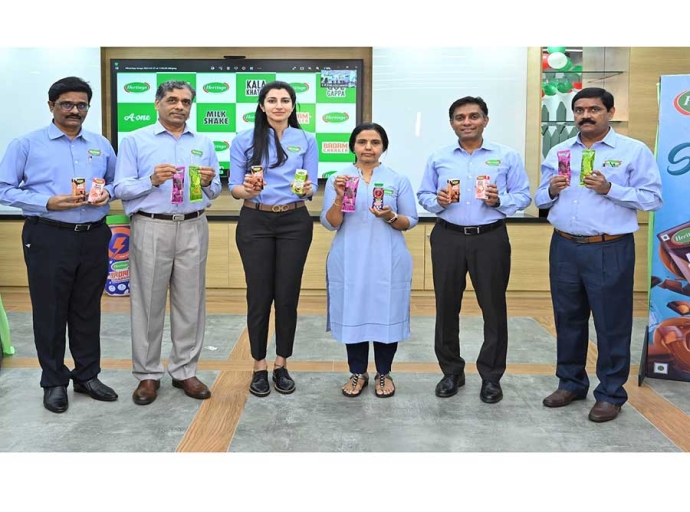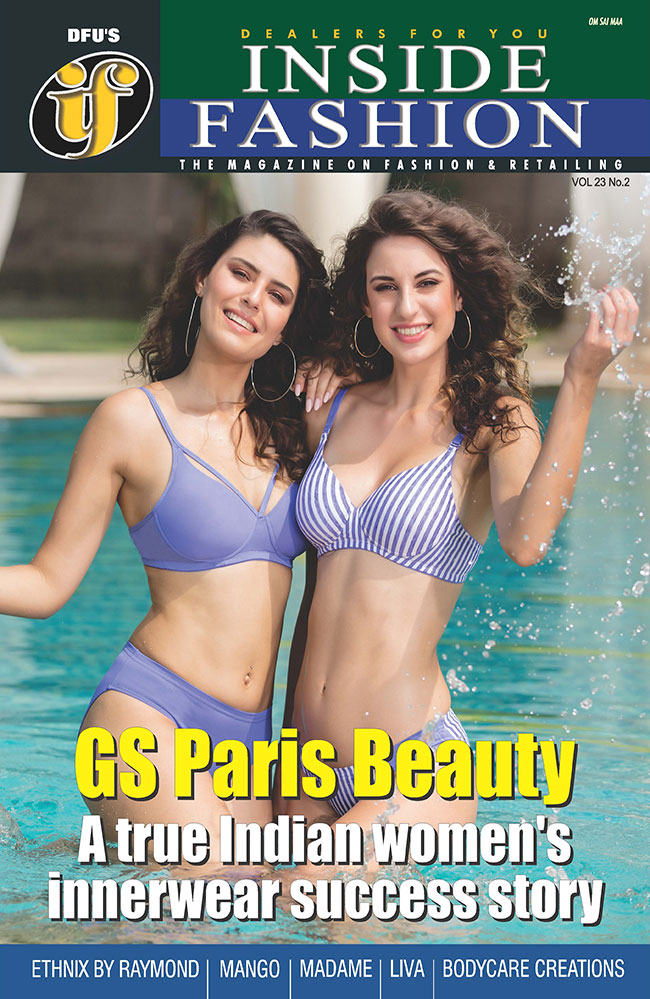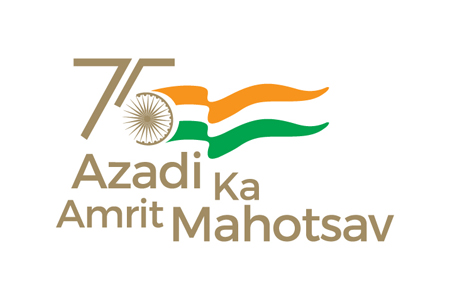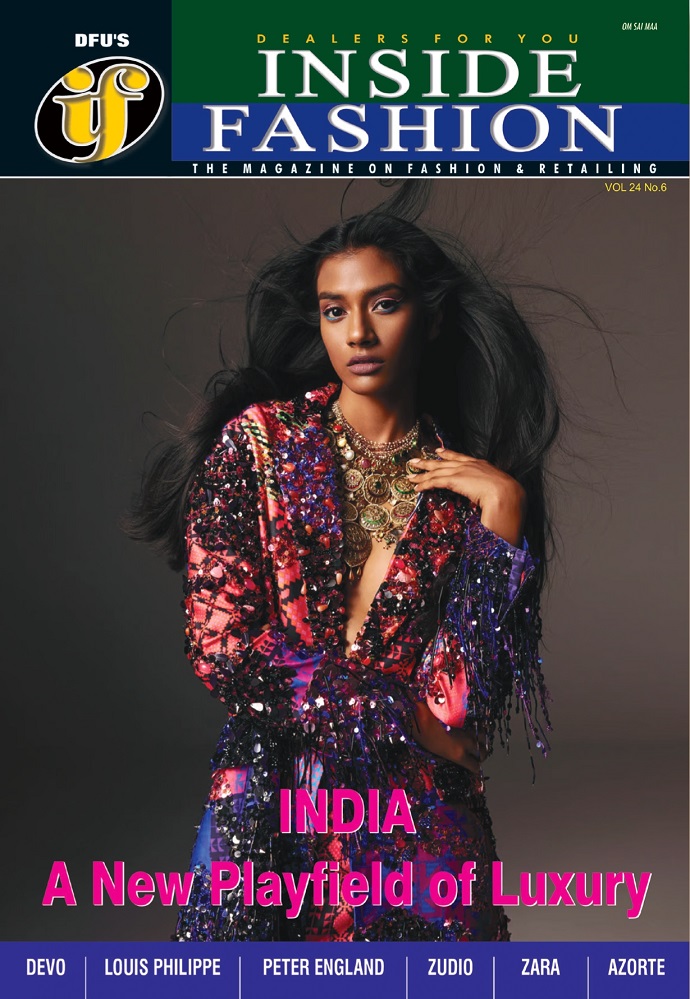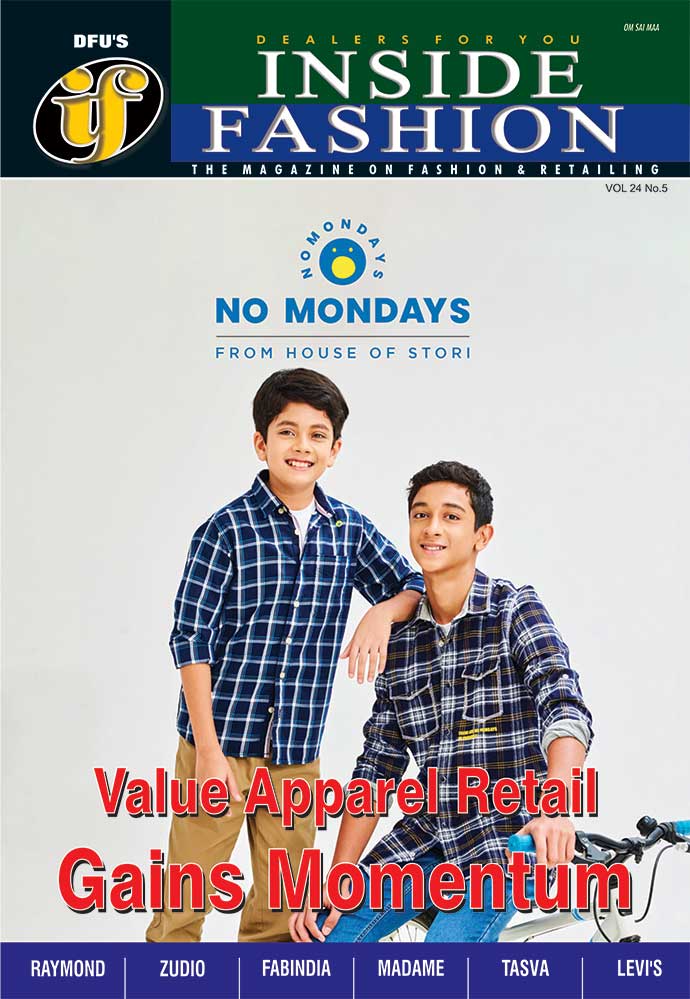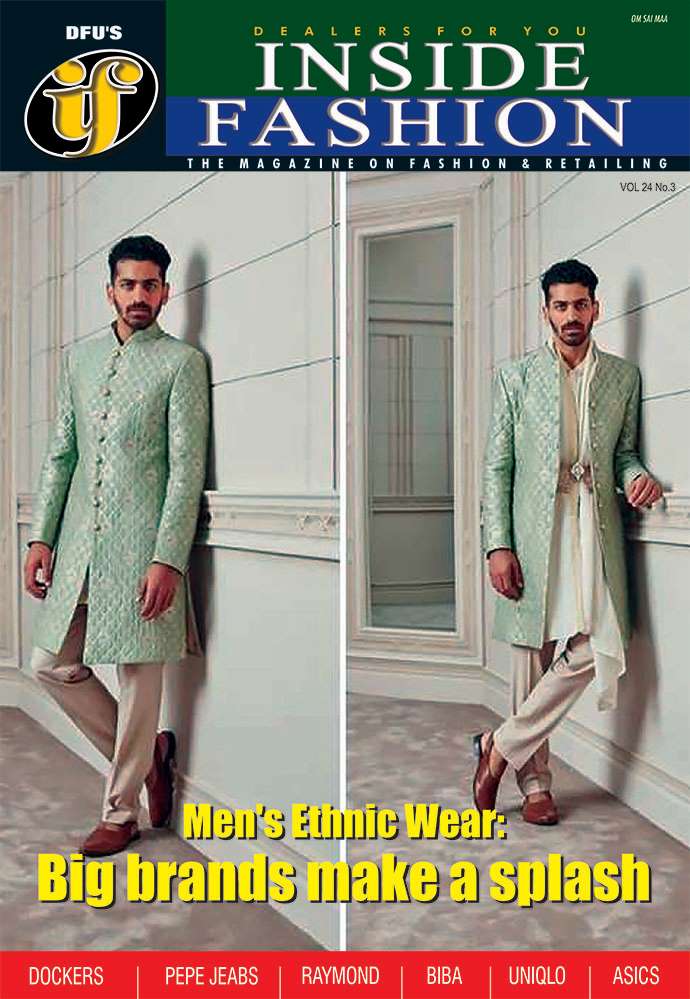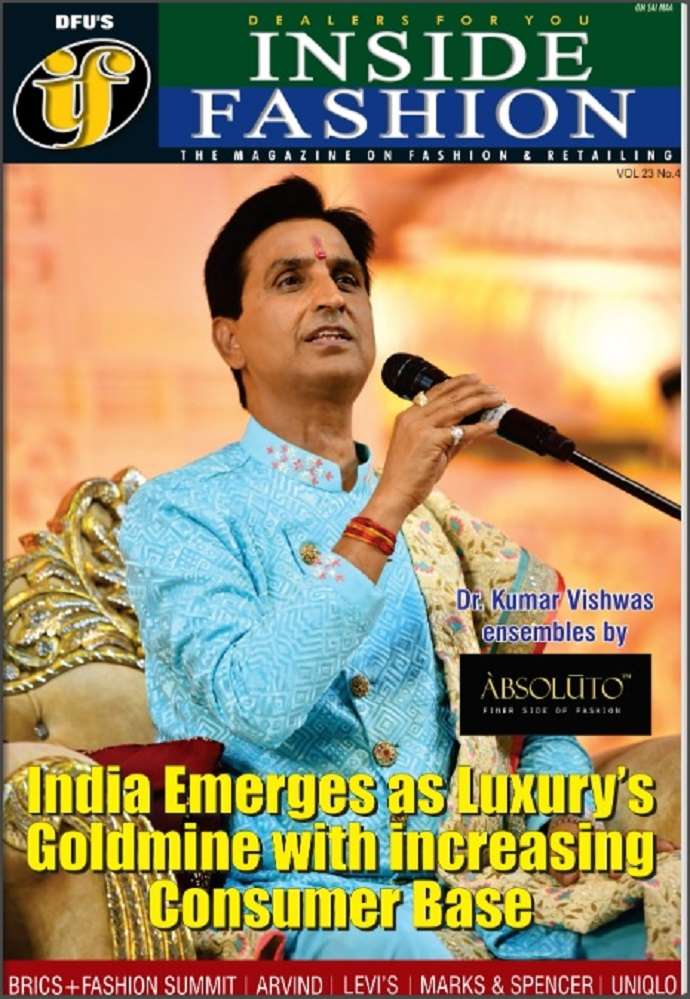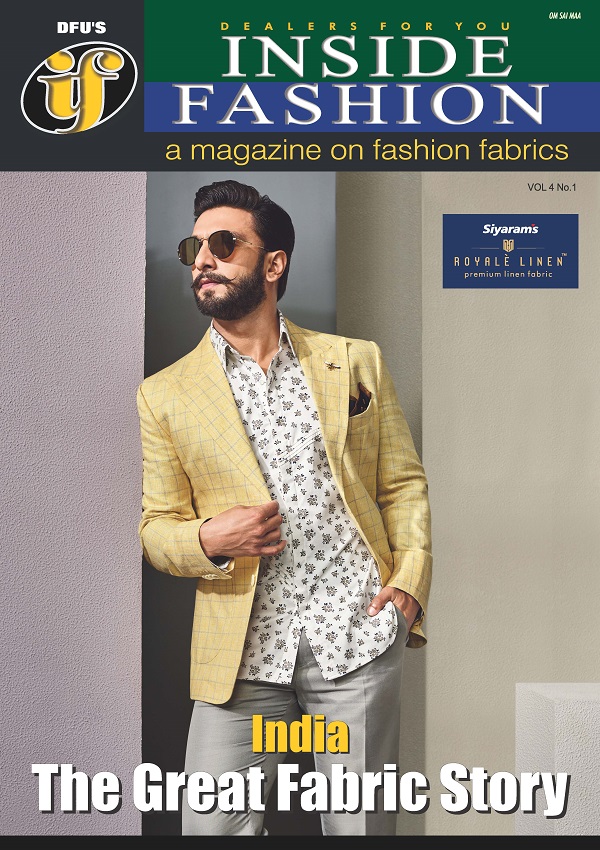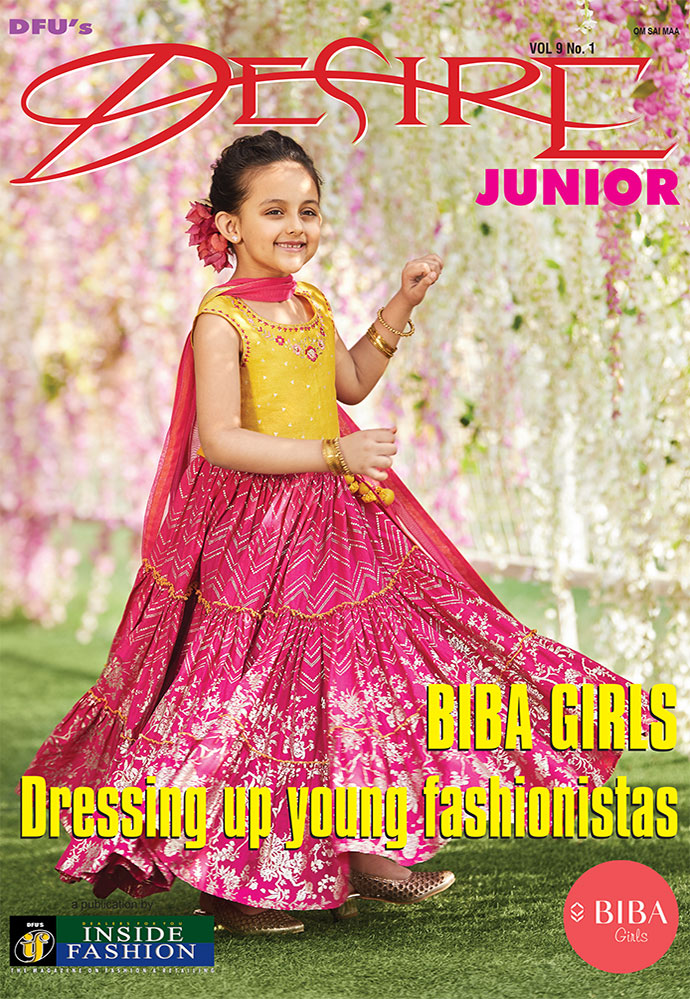Not just for weddings anymore, Indian ethnic wear gets a Gen Z makeover
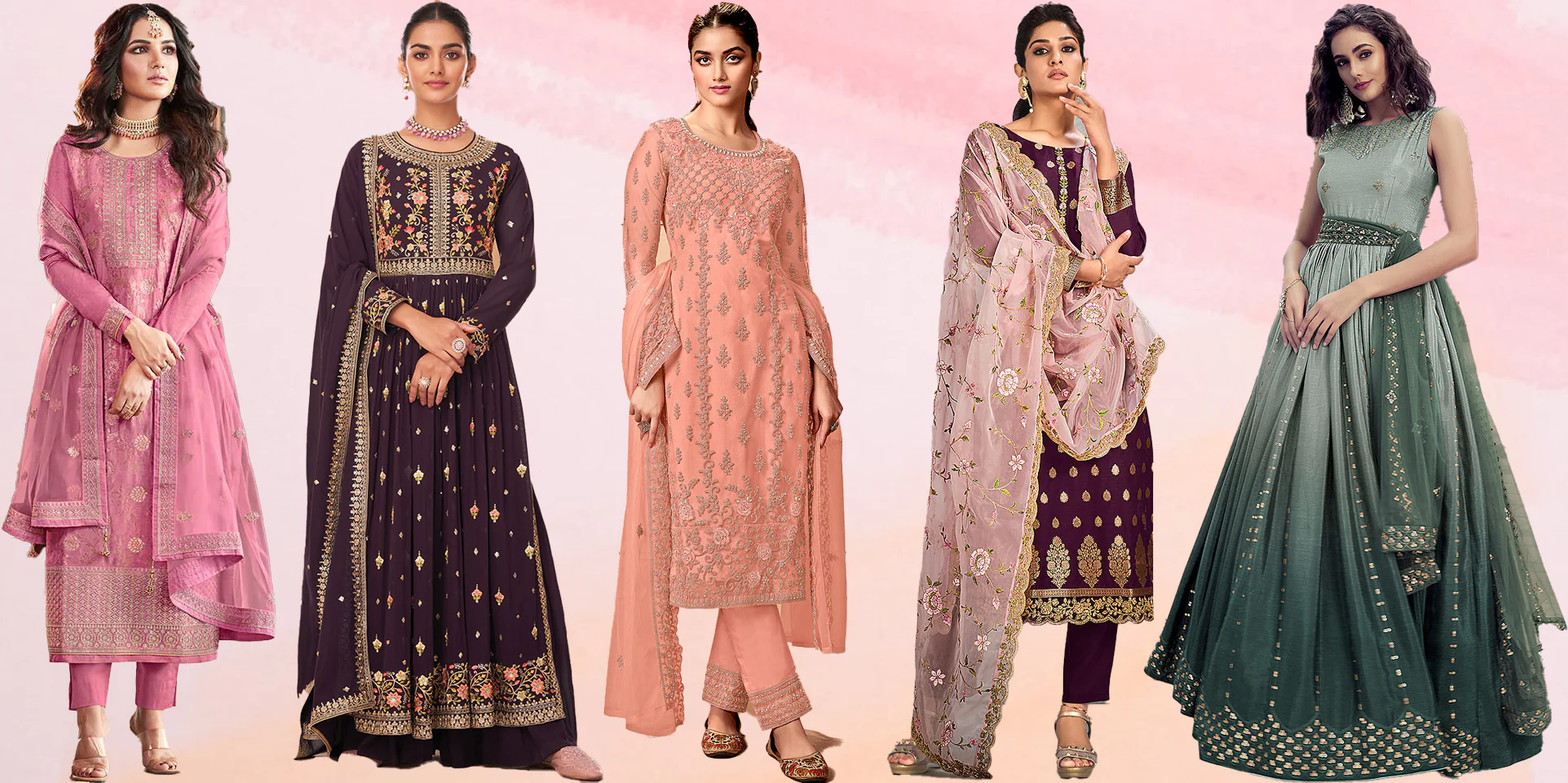
For decades, India’s ethnic wear space was dominated by a single, resplendent narrative: bridal finery, festivity, and opulence. Think zardozi-laden lehengas, elaborate anarkalis, and silk saris fit for heirloom glory.
Read our latest issue
The designs were timeless, yes, but often frozen in time. As Gen Z—the cohort born into a world of TikTok trends, climate anxiety, and self-expression—emerges as a decisive force in fashion, one might expect these legacy brands to falter. But they haven’t. Instead, they’ve begun to stitch a quiet but determined renaissance of their own.
Far from being relics of the past, iconic Indian wear brands like Fabindia, Biba, Ritu Kumar, and Anita Dongre are recalibrating to speak Gen Z’s language—of comfort, digital connectivity, conscious living, and hybrid identity. In doing so, they're not just surviving a generational shift; they're evolving into co-creators of its future.
Not discarding tradition, rewriting it
The prevailing myth around Gen Z fashion sensibilities often veers into caricature ‘Poo’ from Kabhi Khushi Kabhie Gham aesthetics, dripping with Y2K maximalism, or a full-fledged departure into Western streetwear.
But the reality is more layered. Gen Z doesn't reject tradition; it interrogates it, reinterprets it, and insists that it align with contemporary life.
As Rajesh Jain, MD, Ritika, which owns Ritu Kumar points out they noticed younger buyers weren’t walking away from Indian wear—they were just walking away from how it was being presented.
They wanted the same craftsmanship, but in a silhouette they could wear to brunch or even a work meeting.
This desire for cultural connection without sartorial constraint is what legacy brands are beginning to understand—and adapt to.
From bridal-heavy to everyday ready
Once focused almost exclusively on weddings and festivals, legacy brands are now diversifying their offerings for everyday relevance.
Biba and W for Women, for example, have increased their collections to include easy-breezy kurtas worn as dresses, cotton co-ord sets, and office-appropriate ethnic chic. Their clothing now says: yes, you can wear this to Diwali dinner—but also to your startup’s Monday brainstorm session.
Meanwhile, Global Desi, Anita Dongre’s Indo-fusion line, has found strong resonance with Gen Z’s globalized identity. Pallavi Ray, Head of Design at Global Desi explains their boho prints, travel-inspired tunics, and handloom trousers reflect a consumer who is proudly Indian but not bound by it. They’re fluid, expressive, and nomadic—not unlike Gen Z themselves.
Table: Legacy brands' Gen Z adaptation
|
Brand/ group |
Gen Z adaptation strategies |
Target aesthetic/product offering |
Digital & marketing focus |
Sustainability/ethical focus |
|
Biba / W for Women |
Relaxed fits, versatile separates, fusion silhouettes. |
Everyday comfort, office wear, casual festive; mix-and-match pieces. |
Strong e-commerce presence, social media engagement, accessible pricing. |
Emphasis on comfortable fabrics, wide appeal. |
|
Fabindia |
Contemporary cuts with traditional fabrics, minimalist designs. |
Handcrafted, natural fibers, cultural connection; understated elegance. |
Focus on heritage storytelling, community engagement. |
Strong commitment to artisan empowerment, sustainable sourcing. |
|
Global Desi |
Indo-Western fusion, boho-chic, travel-inspired collections. |
Tunic dresses, printed palazzos, bohemian aesthetics; free-spirited. |
Vibrant social media, influencer collaborations, lifestyle marketing. |
Part of House of Anita Dongre, shares sustainability values. |
|
Ritu Kumar |
Launching newer, more accessible lines; modern interpretations of heritage. |
Archive-inspired, traditional techniques in contemporary forms; accessible luxury. |
Digital showcases, collaborations, evolving online presence. |
Preservation of traditional crafts, ethical production. |
|
Manyavar / Mohey |
Introducing modern cuts for occasion wear, broader size range. |
Festive & wedding wear with contemporary twists; comfort in occasion wear. |
Extensive digital advertising, celebrity and influencer endorsements. |
Growing emphasis on ethical sourcing (though primarily occasion wear). |
|
House of Anita Dongre |
Eco-friendly fabrics, artisan support, contemporary luxury. |
Sustainable luxury, modern silhouettes, handcrafted detailing. |
Strong brand narrative on sustainability, conscious fashion. |
Deep commitment to fair trade, organic materials, artisan welfare. |
|
Kalki Fashion |
Curated "Gen Z Store," fusion designs, modern bridal and festive. |
Trend-forward occasion wear, lehengas, contemporary ethnic ensembles. |
Aggressive online marketing, social media presence, influencer campaigns. |
Some focus on material sourcing and efficient production. |
The ‘new traditional’, is less bling, more meaning
Traditional craftsmanship is being preserved—but reframed. Intricate art forms like ikat, chikankari, and bandhani are finding expression on linen dresses, asymmetrical tunics, and oversized shirts. Fabindia has mastered this recalibration, with minimalist designs that retain the authenticity of handwoven, natural fabrics while embracing neutral palettes and modern cuts.
Kavita Shah, a Bengaluru-based Fabindia merchandiser points out they are seeing younger consumers choose them for story and sustainability, not just aesthetics. There’s power in quiet design. Gen Z doesn't always want the loudest piece in the room. Sometimes, they just want meaning.”
The same shift is evident at Ritu Kumar, where newer capsule lines use archival prints in unexpected ways. An old-school paisley block print might show up on a cropped jacket, styled with jeans and juttis. It’s tradition reimagined—not erased.
Digital-first, always
Gen Z’s digital nativity is influencing everything from product drops to how brands interact. The transformation isn’t just in clothes—it’s in clicks. Manyavar and Mohey, known for wedding wear, now work with influencers who post reels about styling a lehenga skirt with a crop top for a music festival, not just a sangeet. Kalki Fashion has even launched a curated “Gen Z Store” online, offering festive separates and indo-fusion looks under Rs 5,000.
Brands are also leaning into behind-the-scenes storytelling: how a chikankari kurta is stitched, how a dye is made from pomegranate peels, or how women artisans in Gujarat are empowered through embroidery work. These narratives play out across Instagram, YouTube Shorts, and even Pinterest mood boards, resonating with a generation that shops with both heart and head.
Sustainability, not just style
For Gen Z, fashion isn’t just about aesthetics—it’s a statement of values. This demographic is acutely aware of the environmental cost of clothing, and legacy brands are responding by foregrounding sustainability in their operations and messaging.
House of Anita Dongre’s Grassroot initiative leads the charge with its use of eco-friendly fabrics, fair trade practices, and rural artisan engagement. Every garment tells a story—not just of Indian craftsmanship, but of ethical production. Even mainstream players like Biba and W, are subtly shifting towards organic fabrics, recyclable packaging, and transparent sourcing. Their communication now includes carbon footprint stats and ‘Made by Artisans’ labels, encouraging mindful consumption.
Emerging formats and crossovers
In response to Gen Z's craving for experimentation, some legacy houses are exploring hybrid models:
- Sub-brands & capsule collections: Ritu Kumar’s Label and Anita Dongre’s AND cater to youthful sensibilities without compromising heritage.
- Platform retailing: Pernia’s Pop-Up Shop curates both designer and emerging brands under one roof—serving up lehengas, fusion wear, and occasion pieces for all moods and budgets.
- Collaborative curation: Online platforms like The Loom offer fresh collections that mix the modern with the artisanal, combining high design with wearability.
Why legacy still mMatters
In a sea of D2C startups chasing Gen Z clout with aggressive influencer marketing and quirky memes, legacy brands hold a different kind of power: trust. They come with generational credibility, rooted in real artisanship, and now—with strategic adaptation—ready to meet Gen Z where they are.
These brands don’t need to shout. They’ve simply learned to whisper in a new language. As a design student says, she loves indie labels on Instagram, but when she buys something from Fabindia or Anita Dongre it feels like it has soul.
The new loom
Thus the future of Indian ethnic wear isn't about new replacing old—it's about a deeper integration of past and present. Gen Z isn't undoing tradition; it's unravelling and reweaving it, thread by thread, value by value. And legacy brands, to their credit, are adapting—not by abandoning who they are, but by showing Gen Z who they’ve always been.
In this evolving loom of culture and commerce, the most enduring threads aren’t the loudest or trendiest. They’re the ones that carry memory, meaning, and now—modernity.
Latest Publications



